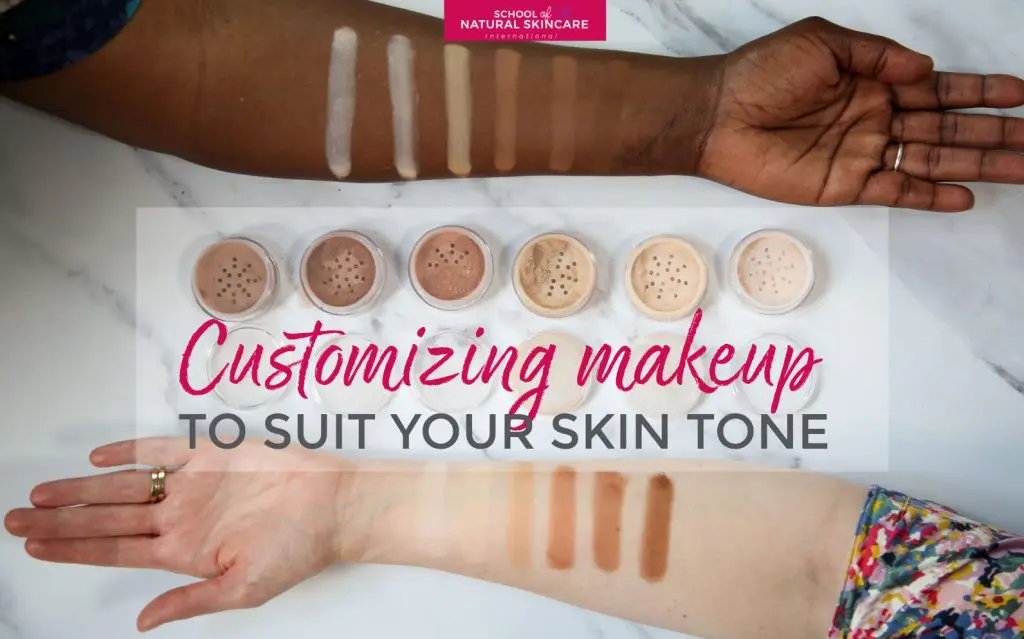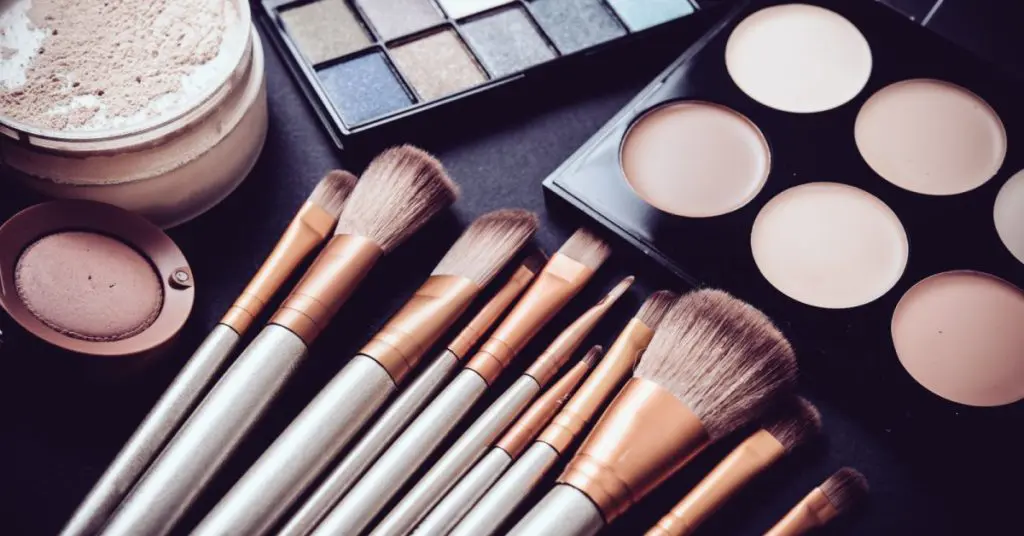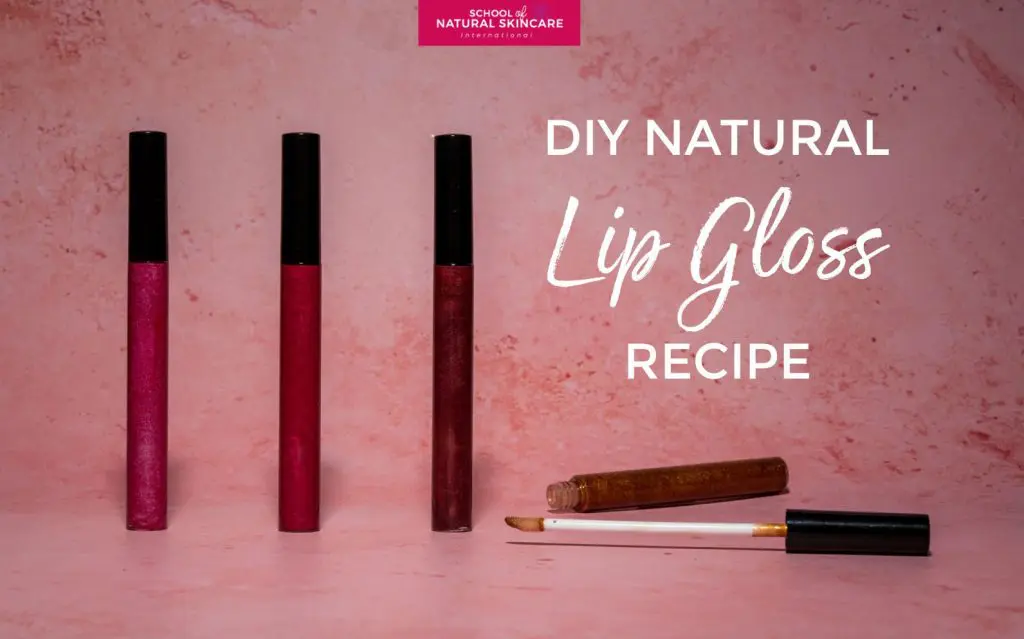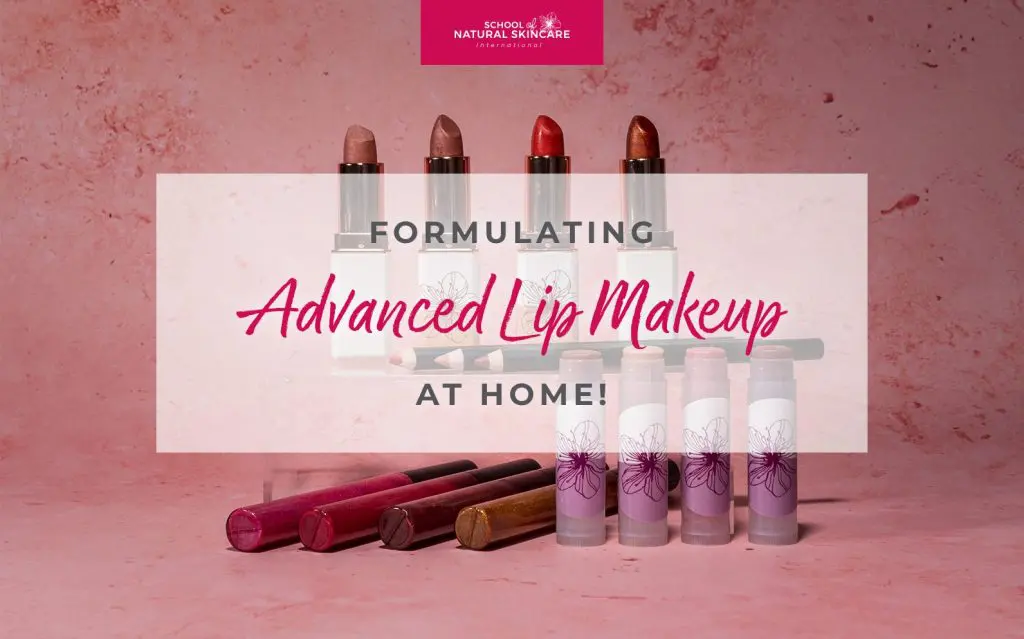Most people who wear makeup have struggled to find a suitable shade of makeup to match their skin tone. While lipsticks, eye shadows and blushers are not that tricky when it comes to color ranges and color matching, it is much harder to find the right shade of concealer and foundation.
Matching foundation to your skin tone
A person’s skin tone can range from very light to very dark, with all the shades in between. More beauty brands are now creating makeup to suit a wide range of skin tones with Fenty Beauty being an example of a brand leading the way, but many makeup brands are still failing to cater for a diverse range of skin tones.
Even if you find a brand with a wide selection of shades, you may still struggle to find the right match.
The advantage of creating your own makeup is you can create a formula that matches your skin tone exactly.
With a little understanding of color theory, some examples to start with and the right guidance, you can create your own foundation shade, made just for you!
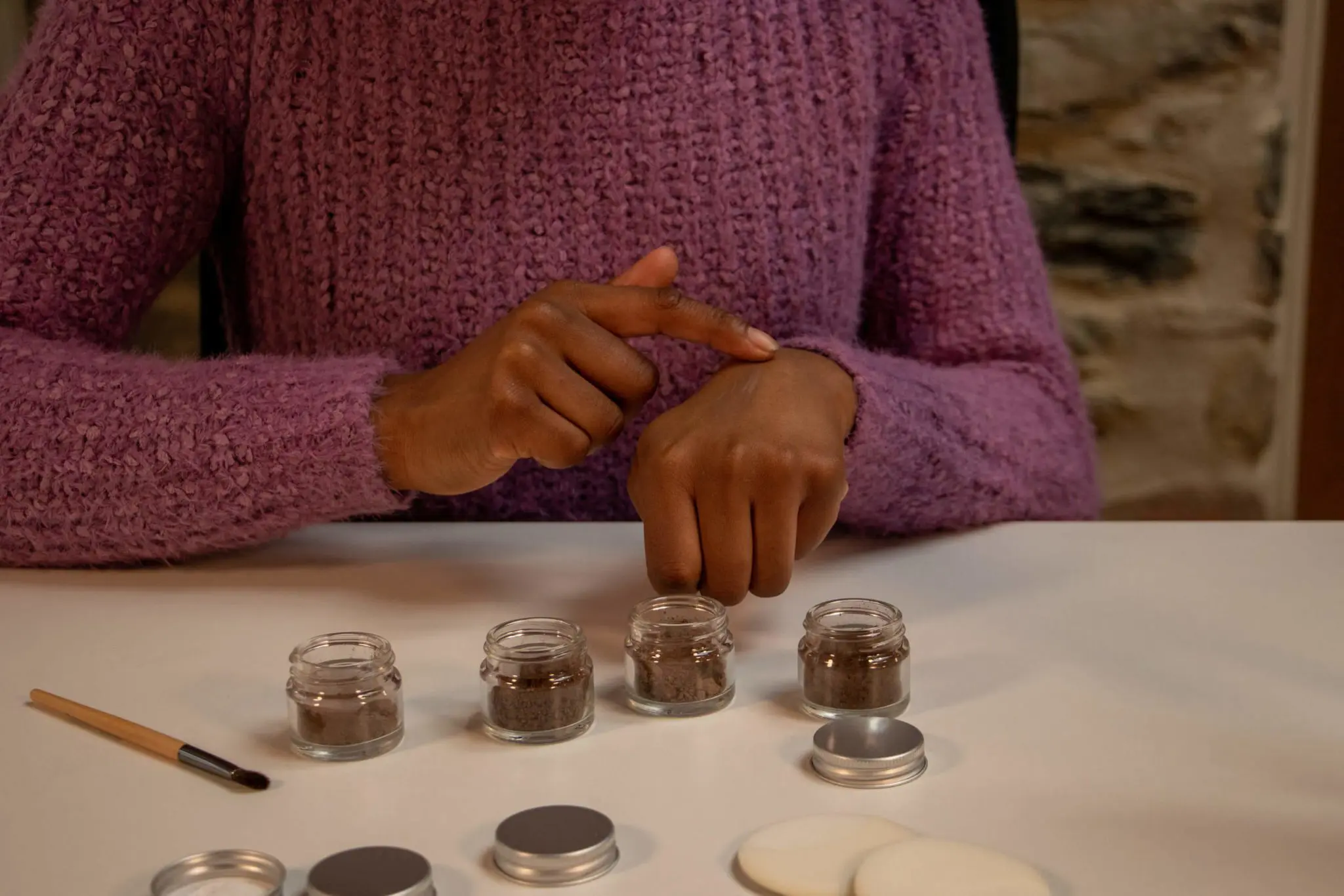
Finding the right undertone
It’s not just about how light or dark one’s skin color is – our skin has undertones, too! This means that the combinations of skin tones and undertones are practically endless. This means that foundation brands simply cannot make enough shades of a product to suit everyone.
Traditionally, there are three main skin undertones – warm, neutral and cool. Many people also count olive as the fourth undertone.
- Warm undertones have warm, yellowish-gold hues.
- Cool undertones have cool, pink hues.
- Neutral undertones have a balanced hue where no cool or warm hues seem to dominate.
- Olive undertones are sometimes considered a neutral undertone, but they are recognizable
- by greenish hues
It is a common misconception that lighter skin tones are cool and darker skin tones are warm, in terms of the undertones. In reality, any skin can have any of the above mentioned undertones.
You may have had the experience of trying to find a suitable foundation shade for yourself and everything you tried on just didn’t look quite right – too pink, too yellow, too light, etc. This is an issue of undertones and if you have experienced this, you are not alone!
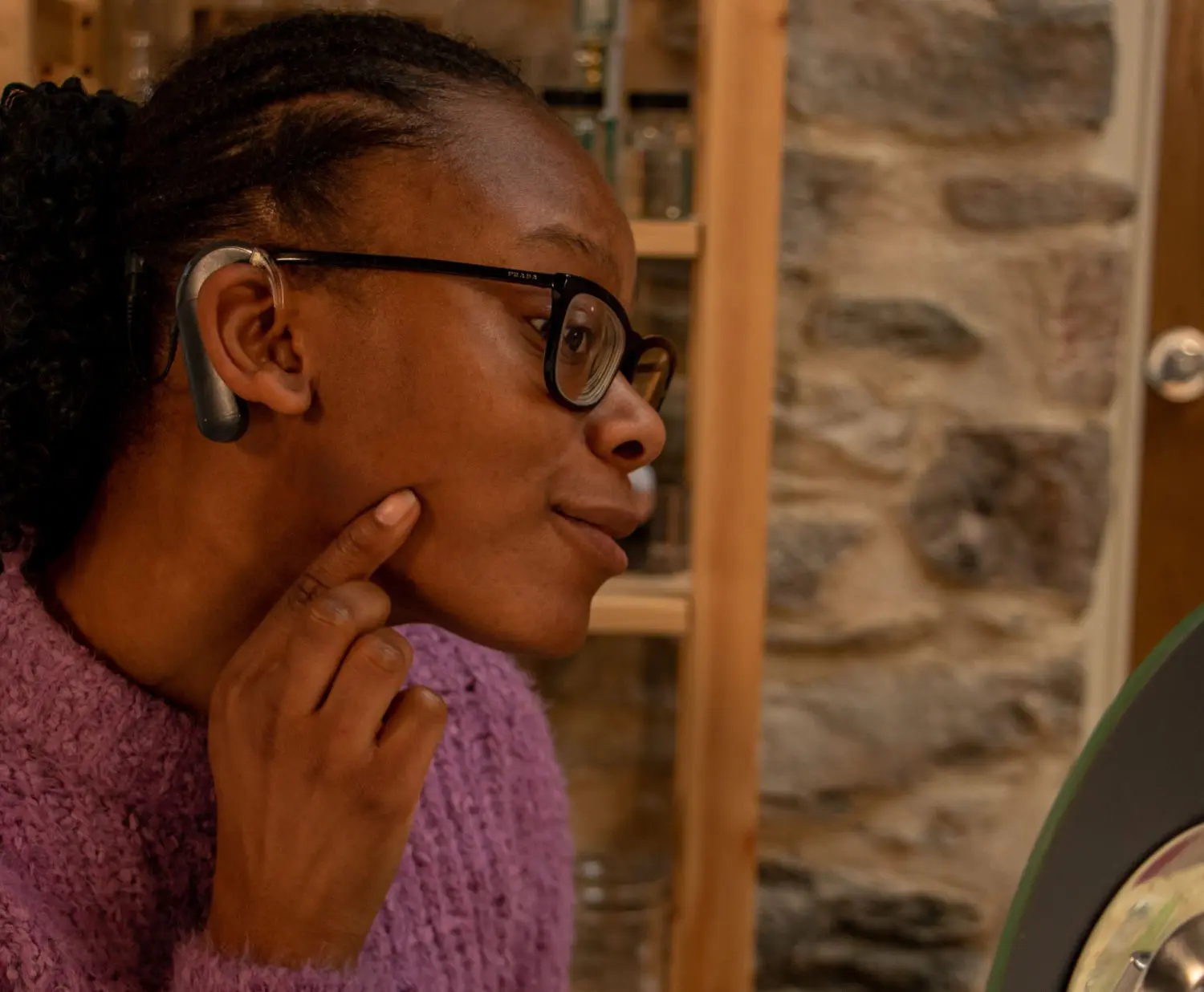
The problem of lighting in stores
Besides the lack of actual shades on the market there is also the issue of bad light in most drugstores and department stores.
Artificial fluorescent lights give out different light than natural sunlight. While our eyes barely notice this, it can have a big impact on how we perceive colors. It is not uncommon to find a foundation that looks good on you in a drugstore, but when you try it out at home, in natural light, it looks awful.
When you formulate foundation at home you can use natural light when testing out the color. This means you won’t be in for any unpleasant surprises when in different kinds of light.
How to create your own foundation shade
To create your own foundation shade, you’ll spend time working on your pigment blend.
Depending on the shade you wish to create, the pigments used may include yellow iron oxide, red iron oxide, blue ultramarine, green chromium oxide and black iron oxide.
In our Diploma in Formulating Natural Makeup and Advanced Color Cosmetics we provide you with pigment blend recipes for six shades which can be used as a starting point for creating your own foundation shade. Choose the one closest to your skin tone and from there you can customize it further to create a perfect match.
We provide detailed guidance on how to adjust the tone and undertone. For example, if the foundation is too orange you’ll add blue ultramarine, if the undertone is too cold you’ll add yellow iron oxide.
You’ll have fun with colors, testing the pigment mixture, adjusting according to the instructions given, testing again and so on. In a few steps, you’ll find the pigment blend that matches your skin tone perfectly.
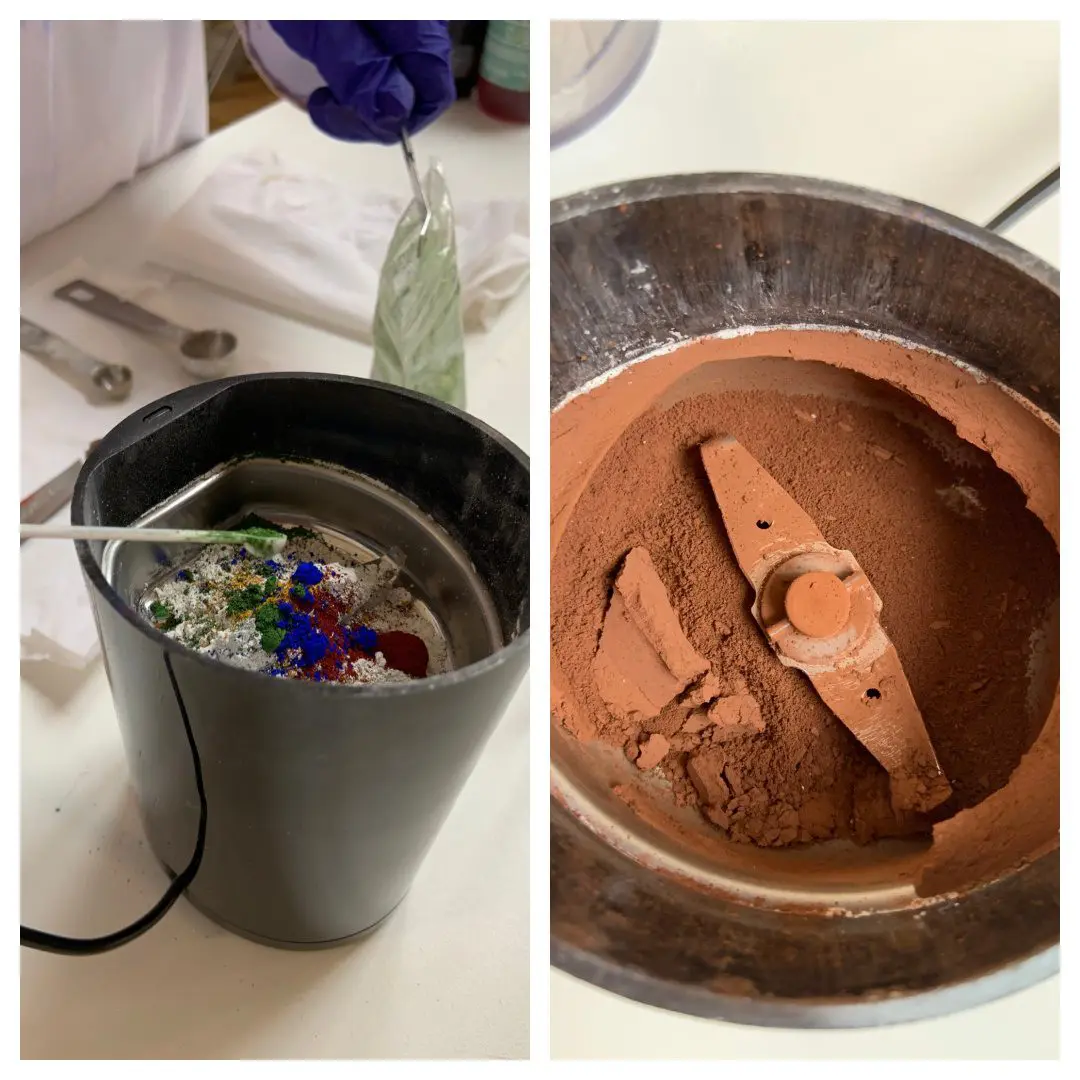
One shade – multiple products!
Once you have created the right foundation shade, you’ll have designed a custom pigment blend that is perfect for you. You can then use the pigment blend to create a range of different products, including:
- Mineral foundation – loose or pressed powder.
- Liquid foundation – sheer coverage or high coverage.
- Concealer sticks.
- Cream concealer.
Read more about the foundations you can make here: 4 Types of Foundation You Can Make.
Watch us use a pigment blend to make a concealer stick:
Foundations are just one category of product covered on the course. You’ll also learn how to make natural, organic and/or vegan eye makeup, lip products and blushers, bronzers and highlighters. Find out more and enroll here: Diploma in Formulating Natural Makeup and Advanced Color Cosmetics. We can’t wait to help you create your own customized makeup!

